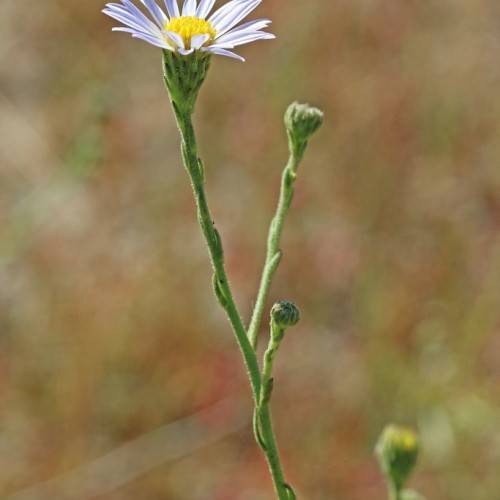
Marsh Alkali Aster
Almutaster pauciflorus
Also Known As - Few Flowered AsterWatering:
Minimal
Hardiness Zone:
Sun:
full sun,part shade
Growth Rate:
Low
Poisonous To Pets:
Yes
Drought Tolerant:
Yes
Salt Tolerant:
Yes
Invasive:
Yes
Care Level:
Medium
watering
Field garlic should be watered about twice a week, ensuring that the soil is kept evenly moist. To do this, check the soil around the base of the plant and if it feels dry, give it a deep soaking until the soil is damp. This should ensure that the plant is getting an adequate amount of water. However, avoid overwatering the plant, since too much water can result in root rot.
sunlight
Field Garlic (Allium vineale) requires direct sunlight for at least 6 hours a day in order to thrive. It is best to provide full sun in the morning and indirect/partial shade during the hottest part of the day. Field Garlic is a hardy plant and can grow in a variety of soils and climates, making it a great choice for any garden. The optimal temperature for Field Garlic is between 18-22°C (65-72°F). Watering requirements will depend on climate, as Field Garlic usually needs less water in cooler climates and more water in hotter climates. As long as the soil is well-draining, monthly watering should suffice.
pruning
Field Garlic (Allium vineale) should be pruned in early spring, before new growth appears. Starting with flowers and leaves, start by removing any dead or damaged growth, then thin out excess or overcrowded stems. The roots should also be trimmed back, as they can easily spread out of control. Once the initial pruning is complete, you can customize the shape of the plant with shearing, or cutting back of some of the stems. This should be done in late winter or early spring, to avoid damaging new growth.
